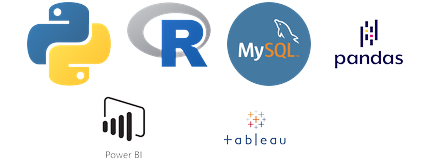AJAX Training & Tutorial by Slidescope
AJAX Training & Tutorial
AJAX is a very amazing language to learn if you want to learn and work in the field of website, UI – User Interface, or frontend development. if a student is looking for full-stack development training then he has to learn AJAX. We use AJAX where we want to change the content of the user interface with or without communicating with the server. The term AJAX stands for “Asynchronous JavaScript and XML”. If a web developer wants to create an interactive interface on its website or software then it is advisable to learn AJAX.
Prerequisites of AJAX
· HTML – HyperText Markup Language
Hypertext markup language or simply HTML is the base of any website. Html provides the structure of any website or interface of PHP based ERP or CRM.
· CSS – Cascading Style Sheets
A cascading style sheet is an important language for website design and development. CSS is the most popular and widely used styling language for web design or UI/Ux design.
· Js – Java Script
Java script is one of the main base languages which is required for website development. It is a client-side language that mainly performs the task
· XML – Extensible Markup Language
XML is basically a language in which we can write our own tags to display or present or index any information in the web browser.
In AJAX we use basic javascript to create the interactive page. AJAX is used when we try to make changes in the user interface without communication with the server. When we fetch data and display it on the platform without interacting with any kind of database, we use AJAX language for the same.
Features of AJAX
- AJAX is not a programming language.
- It can read and write data in the web servers without the loading or reloading of the page.
- It can update the data on the webserver.
Workflow of AJAX
- An event occurs on a web page. Here event can be any click
- An XMLHttpRequest query is generated by JavaScript
- The XMLHttpRequest query sends a request to a server
- The server processes the request
- The server sends a response back to the website
- The response is read by JavaScript
- The update is performed by JavaScript

